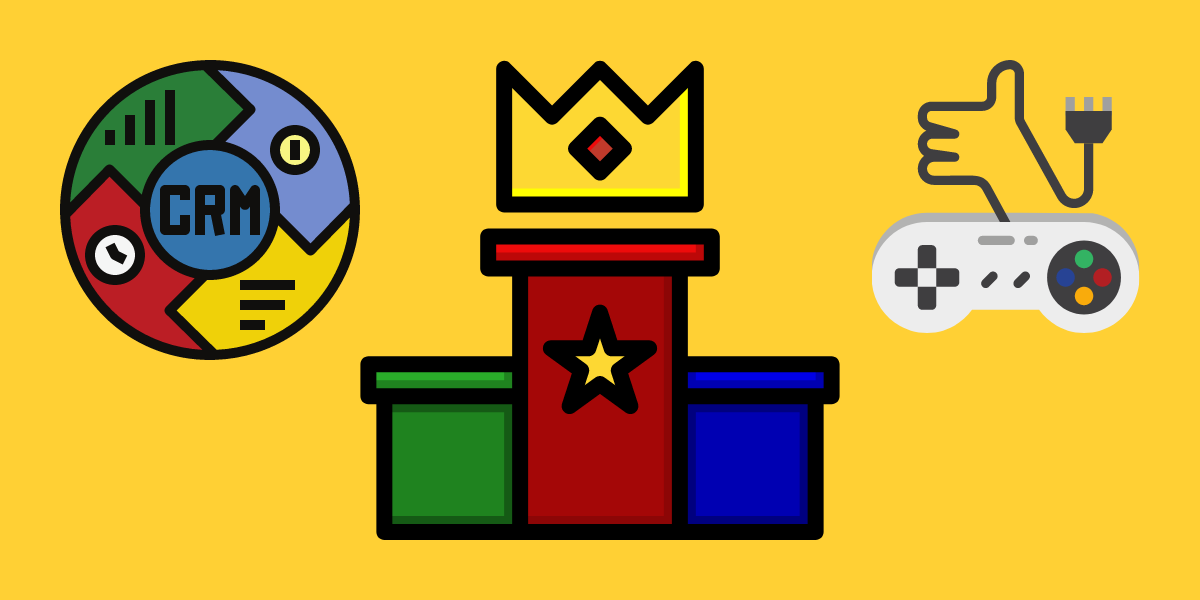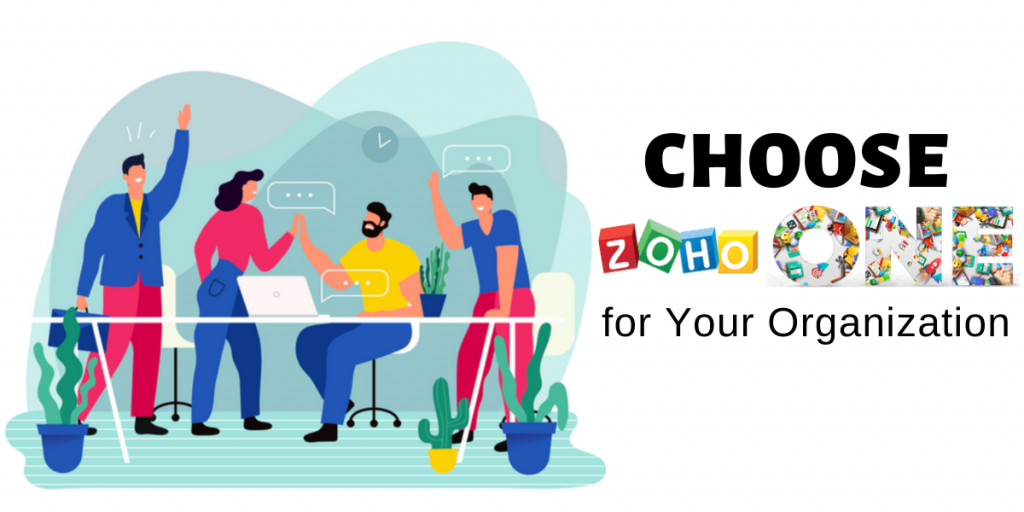The gaming companies are a large part of a huge and vibrant multi-billion-dollar industry that enjoys great growth while showing no signs of slowing down in the near future. There are billions of gamers all over the world which offers the gaming industry to maximize unlimited opportunities for game development and distribution. However, the ability to drive innovation also leaves many gaming companies with a challenge.
The gaming industry is full of publishers who have millions of players but out of those millions, only a few are actually active and playing. In the present time, building a game, marketing it initially, and giving the entire process a sales unit target is not enough. If the gaming publishers wish to secure a customer base and their organization’s future then going a step ahead is important in regards to customer satisfaction.
Leveling Up in Gaming Industry

If the gaming publishers wish to stand a chance of being heard in this competitive and crowded market, there is a need to level up and be completely connected with the players at all times without any exceptions. It is necessary to watch the players and analyze their journey using CRM tools so that an exceptional experience can be offered at each step. This is where the role of CRM in the gaming industry comes into play.
Forward-thinking is helping some of the digitally mature companies to adapt their businesses by changing them the way in which most customers would love. Adoption of the best CRM platforms helps the digital companies to connect more closely with players all through the product life cycle starting from the first moment a player signs up to the time of retention.
It is about building trust with the audience and making them feel immensely supported and rewarded and this happens when players feel valued in the sense that the bottom line sees the benefit.
CRM in Gaming – The Present Scenario
The present gaming market is noted with very few large companies prevailing over the major market revenue. The fact is that the gaming market is maturing at a good pace with each passing day and a majority of gaming players frequently show up at two or more venues. The overall cost to acquire and retain gaming players is increasing.
Some of the things that affect the present gaming scenario in India are:
- Demographics: Oftentimes, there is not a holistic picture of the players, and every member must be researched in isolation and pieced together for insights.
- Customer Intelligence: So many gaming firms accumulate a lot of information on their players who actively use their loyalty cards. That said, this information is soiled all over various disparate systems without any efficient mechanisms for centralization and consolidation.
- Segmentation: Only a small amount of segmentation is undertaken while players are being grouped on the basis of age, gender, membership status, communication, interests, hospitality balance, gaming spend patterns, etc. The campaigns get organized around these fundamental topics.
- Machine Learning: Sometimes, the problem is in the way in which machine learning functions in CRM systems. More often than not, machine learning identifies a direct relationship between large data sets. It just offers a large number of correlations without actually offering some real insights about why something is happening. There is a need for consolidating the customer data into a single storage point.
CRM Best Practices in Gaming

In CRM, the entire customer lifecycle gets planned from start to end with each important touchpoint being mapped and proactive communications being planned and automated. It is possible to measure a player’s life cycle in months while dividing it into stages such as early life, retention, in-life, etc.
Regardless, there are some best practices that can win the hearts and minds of players from the moment they log in to the time they spend gaming. Let’s look at them one by one.
1. A Welcome Message
If a player has signed up and has given your game a green signal then there shouldn’t be any option to leave the player on radio silence. As a rule of customer satisfaction, you can start by simply sending an email in real-time, i.e., in case the email lands in the inbox right when the player opens the account.
At the same time, you can also send an in-game welcome message as well. In case a player uses a two-step validation process then you can tell them to check their inboxes. You can also email to offer important information needed to get up and running without any hassle.
There is another option to include relevant links to player tutorials, guides, FAQs, and important community forums. Take out the time to thank your players and make them feel like they are a part of your community straight away.
2. The Initial Period
You can send your clients a “Getting Started” email in the first 24 or 48 hours. This is a fun way to give them access to more resources where they can learn how to level up, hook up with their friends, get rewards and also make in-app game purchases.
You can also track the progress and use behavioral data analytics to work out when they look like they are losing interest while sending reactivation messages. This will lead them to come back and spend more time on the platform.
3. Generating Loyalty
The key to success is to safeguard the loyalty of clients and prolonging the length of their subscriptions. By coming up with new ideas, you can get them to stay for in-game animation, new content, and competitions. You can consider this similar to a brand that comes with a new collection to renew the interest of customers.
If the game is designed while keeping the community in mind then customer satisfaction will follow automatically. This is the way to ensure that the gaming community becomes supportive. The gaming publishers can also be active on forums, provide tools whenever possible and slowly move into massively multiplayer online games.
With the implementation of some of the best CRM platforms, game development can be supported because CRMs can offer methods and tools that have proved successful.
4. Rewards
Playing for rewards is something that all gamers consider seriously. In fact, it is one of those things that encourage the gamers to keep coming back while being immersed in the play and making the most out of a fun gaming session.
If there is a lack of rewards or an inability to see how the gaming session impacts their enjoyment then the gamers lose interest. Hence, CRM can be used for focusing more on offering rewards. The gamers must be clear about what rewards are, what they can do, and how the gamers can use them.
5. Community
Creating a community is the most important step for all online game developers. No matter what the game is or what the product is, all communities work in a similar way. All they need is a subject for discussion and a place for exchanging ideas.
Taking steps such as launching a game site where the gamer can come across screenshots, interviews, and artworks with development team members along with regular updates on the development of future games is something very important.
There are things such as newsletters that help in giving the players regular boosters by sending more information on the game. Things like these eventually help in keeping up the interest of the player until the new release comes up.
6. Social Aspect
It is common to find that most gamers love to play for the social aspect, so the game developers must make the most out of it in all ways. If the game is a multiplayer module then the ability of players to build a community with strangers or even friends is an important component in the enjoyment.
It can be beneficial to use in-game and other messaging tools to remind the players that their teammate is waiting for them. This will lead the players to come back quickly and progress at their game with the help of others.
Future of CRM in Gaming Industry
The future of customer relationship management needs simplicity and sensibility. Without the benefit of predictive analysis, looking for customer information is the same as looking for a needle in the haystack. With the use of predictive analysis and AI, it can be easy to analyze customer sentiments and intent, score important leads, recommend products, and upsell.
One must realize that the customer demands are changing quickly and gaming companies must keep up with them. Using the best CRM platforms can yield accurate and actionable behavior models that deliver much better content and real-time processing based on historical data and in the moment behavioral data that provides a personalized customer experience.
The role of CRM in the gaming industry can be used to its maximum capability by gathering data insights from human analysis for spotting opportunities that improve sales processes. The back to basics approach of combining convenient automation with a human touch can change the face of CRM for gaming companies.
The CRM capability of gaming companies can be used for the better by developing and maintaining a centralized data storage point for guests. One can use more efficient and effective processes for gathering customer intelligence reports while moving beyond market retention to market the growth.
CRM can also be used for detailed segmentation analysis based on common characters while making use of an increased understanding of how segments respond to marketing tactics. With the use of CRM, the gaming companies are looking for a unified view of the customer journey from the time when you know the customer to acquisition, retention, and upselling. In the coming years, the increasing competition amongst CRM providers will lead to a shift in the way gaming companies work with CRM tools.
If a gaming company has a sound CRM system in implementation then there is a good chance to increase the market share and total share of players. The key is to operate with pre-defined objectives, detailed segmentation, and a great understanding of characteristics.
Conclusion
Attracting and retaining the players is the key to success in the highly competitive online gaming industry. The ever-growing multimedia communications offer the game developers an opportunity to make the best use of CRM. Ever since there has been an emergence of online multiplayer games, there has been an opportunity to reach a massive audience of young and motivated fans.
The process of attracting and encouraging them to come back requires effort which is right where CRM comes in. Given the benefits of CRM, the game developers are very much aware of the opportunities and are also keen to make the most out of the benefits of CRM platforms.
CRM is about offering an exceptional customer experience in an efficient and automated manner based on the habits and preferences of the player. When this is done properly, CRM offers an ability to identify and engage with players to create a fully immersive and engaging experience within the first few hours of signing up.
If you need any support in maximizing the value of your gaming platform, get in touch with CRM consultants at Encaptechno for assistance.
- 10 Business Intelligence Trends Zoho Analytics Can Help You With In 2023 - September 5, 2023
- What is Digital Customization? How Can It Help Businesses? - September 1, 2023
- Zoho One: Your All-in-One Business Management Software - August 22, 2023






